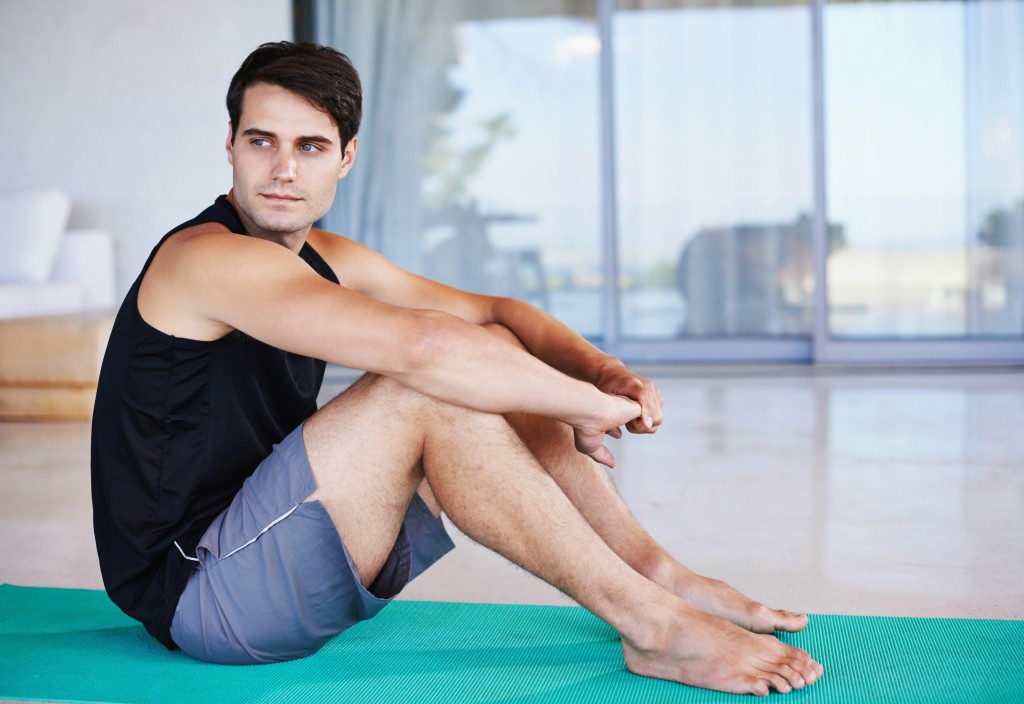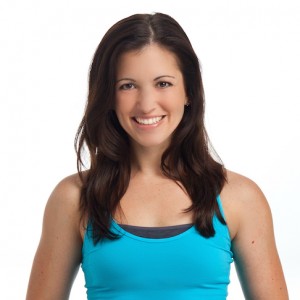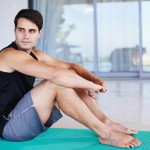Why Don’t They Like Pilates? – By Dana Auriemma
I once had a woman leave my studio in tears.
It was her first Pilates session ever. She was a fit woman in her late 30s with two young kids and a regular gym workout routine. She was scheduled with one of my instructors who I would describe as quite possibly the sweetest, most patient and kind instructor I’ve ever known. And I know that there was nothing unusual about this session – no odd incidents occurred. So what happened? Why was my client so upset?
She hated the experience.
The degree of instruction, cues and corrections were overwhelming for her. She hated having to process this much information and the subsequent feeling that she wasn’t doing everything ‘right.’ It was not the kind of workout experience that she wanted to have or was comfortable with.
For many people out there, it doesn’t matter how amazingly intelligent Pilates is or the benefits that it provides. The fact that Pilates is an incredibly effective and healthy method of exercise doesn’t persuade them to practice it. Why? It’s not that they don’t believe in the benefits. It’s that they don’t enjoy the actual process or practice that it takes to get those benefits.
Marketing research and experience tells us that people don’t only choose products or services based on what is most effective, intelligent or beneficial. Instead there are a myriad of other things that influence what we like/dislike, and sometimes we don’t even consciously realize what those things are ourselves.

Each fitness/movement program or type of workout comes as a packaged experience, filled with characteristics and qualities that impact whether or not a client will like it. What each person out there wants from that experience can depend on their personal preferences, personality, mood, interests and more. And these things can change on a daily, monthly and yearly basis, influenced by what’s going on in their lives, brains and bodies.
Have you ever found yourself craving a nice long walk/run/hike, where you can feel the earth under your feet, the sun on your face and let your mind wander? Or do you ever love the way you can set your intentions in a yoga class and feel an amazing sense of peace during savasana? Or have you ever enjoyed hoping on bike, listening to really great pumping music and pedaling away until you’re dripping with sweat and your heart is pounding?
These types of experiences can be just as important to our clients as the benefits are. And each type of program or workout usually comes with a different type of experience that starts from the moment you put on your exercise clothes and start mentally preparing for your upcoming class.
So what does this mean for us as teachers and studio owners?
When I work with studio owners on marketing their business, I often get asked about how they can better compete with other workout methods. Or how they can convince people that Pilates is better than [program x]…especially when a new type of exercise becomes popular and starts getting a lot of hype and attention. But I don’t have an answer, because there isn’t one. There isn’t an answer because you can’t say that one program is better than another when to our clients, ‘better’ depends on what they personally like and want, not just what is better or healthier for their body in terms of function, mechanics, alignment, healing, etc.
So how can we continue to make Pilates as appealing to our communities as possible in every way shape and form, when our clients want both great benefits AND an exercise/movement experience that suits their personal likes and preferences? Here are a few thoughts and suggestions to consider:
- First, understand different programs and workouts from a client’s point-of-view. Go be a student and feel the experience firsthand, because part of being a professional is understanding the industry that you’re in. It’s important to personally experience all of the different options that your clients and community have to choose from and why they might like/dislike each one. It makes you more enlightened and insightful as a fitness professional overall, able to see opportunities for positive change.
- Dissect the Pilates experience at your studio from beginning to end, but with a critical eye. Think about what people might NOT like, and/or what would make it better. Get feedback from people who aren’t currently clients at your studio. Perhaps reach out to lapsed clients via email/survey or talk to people in your town who don’t practice Pilates and ask what they don’t like or love about the experience of doing Pilates.
- Consider that there is an aspect of evolution and change that impacts what people like and dislike as the years go by, and that Pilates can be affected by that whether we like it or not. For example, the music we listen to, the clothes we wear and the homes we live in are not the same today as they were 40 years ago. And sometimes this change doesn’t have to do with progress or making improvements, it’s simply change for the sake of experimentation and variety. And in some ways, fitness is a part of this. We don’t always ‘advance’ with new fitness programs, sometimes they just reflect people’s desire for something new and different. And it’s smart to acknowledge when we see that change happening, and consider how we can adapt in appropriate ways to be most appealing to our communities.
- Finally, consider how you might modify your services or adapt your teaching to create a different experience at your studio that will appeal to a wide range of clients with different personal tastes, preferences and likes/dislikes. For example:
- Introduce a pre/post-class ritual or practice for clients to engage in. I.e. a 5-minute warm-up for them to practice on the mats before their class (like an athlete warming up before the game), or a bold exercise ‘challenge’ given at the end of each class.
- Create different types of classes or sessions where you vary: how much detailed instruction or corrections you give, the cadence, rhythm and/or tone of how you speak, the overall pace and flow of the movements, the number of repetitions given or whether or not music is used.
- Design a new class that utilizes equipment or props in a new way or order. I.e. Mat warm-up, jumpboard interval, classical reformer or chair, standing arm springs on the tower, then spine corrector ‘cool-down.’ Give this class a new fun name and unique positioning.
- Alter the energy of your studio through background music, space layout/design, wall color or a mini makeover of some kind. (Seem superficial? Not at all. The energy of our space plays an important role in setting the energy of our workout and impacting our mood!)
We all know that the power of Pilates can change the world! Yet the world we live in is fickle and ever changing! And the superior benefits of Pilates are sometimes just not enough to win people over. The characteristics of the experience matters too. So if we try to customize our Pilates experience when we can…to address the different preferences and likes/dislikes of our communities, we could better expand our reach and share the awesomeness that is Pilates with the world!
Want to learn more about marketing your studio? Learn real lessons, strategies and practices that will enable you to make the best decisions for your studio and keep your business strong. Join Dana this November for her online marketing course. Learn more at danaauriemma.com.
 Dana Auriemma has been studying and practicing marketing for 12 years. With a marketing degree from Penn State University, she launched a successful career in marketing and sales working for Fortune 500 companies such as Johnson & Johnson, Bayer, Merck, and TimeWarner. But wanting to use her business expertise for something she was more passionate about, Dana left the corporate world to become a Pilates instructor and open her own studio.
Dana Auriemma has been studying and practicing marketing for 12 years. With a marketing degree from Penn State University, she launched a successful career in marketing and sales working for Fortune 500 companies such as Johnson & Johnson, Bayer, Merck, and TimeWarner. But wanting to use her business expertise for something she was more passionate about, Dana left the corporate world to become a Pilates instructor and open her own studio.Dana’s professional business background was a tremendous asset in building her studio over the years. She loved teaching Pilates and running a business, but saw many other owners and teachers were not as comfortable with the business-side of their studios. So upon moving out-of-state and selling her studio many years later, Dana decided to help teach studio owners the marketing and business skills they need to reach their greatest potential.
Dana now works with studio owners all over the world, helping them optimize their studio operations, analyze their profitability, improve staff relationships, build better marketing programs, and more. Dana offers custom consulting and online business courses, and writes articles that have been published by Balanced Body, MindBodyOnline, PilatesStyle Magazine, Pilates Intel, Pilates-Pro, PilatesTree Magazine, Pilates Pal, and Yogi Times.

